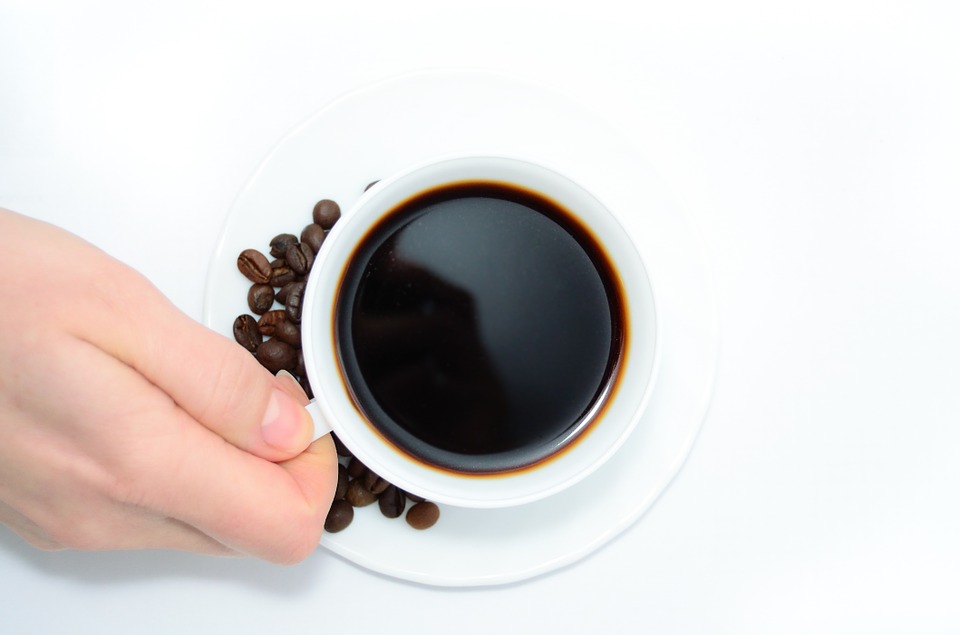Until the famous Boston Tea Party in 1773 -when several tons of tea was poured in the water of the harbor as a protest against the tax increases on tea-, the Americans used to consume tea (following the British traditions). Tea drinking no longer proved to be a patriotic act. From that point, the colonists began to rely on South American producers and coffee drinking became more and more popular in the USA. So much that by the beginning of the 20th century the half of the world’s coffee production was consumed in Uncle Sam’s country.
The whole story began with the so-called “cowboy coffee”, which was prepared by roasting the coffee above fire, grounding in a mortar and boiling it in a pot. Then a new coffee machine became popular, which heats the water from below, then the steam flows through the coffee grounds and circulates until the machine is on. This method allowed the coffee not to boil over, and thus the brewing of a bigger amount became available.
War is definitely ugly, but sometimes it can give an impetus to development. During the civil war, they began to experiment with a coffee that can be prepared quickly without a serious equipment park.
A Japanese-born chemist from Chicago developed instant coffee in 1901. However, George Constant Louis Washington, Belgian-born American inventor and businessman was the one who began to mass-produce instant coffee and started to sell his own coffee from 1909. In 1910, he founded an instant coffee manufactory under the name of G. Washington Coffee Company and he supplied the army during World War II. The economic instant coffee was simply called “a cup of George”. He was also skilly in marketing, New York newspapers and radios advertised his coffee, so thus it wasn’t hard to become quickly popular.

The soldiers returned from the war and they brought along their new passion for coffee. They began to promote repetitive daily coffee drinking which became a new form of social life. Automatic drip coffeemakers began to spread in the 60’s which worked with coffee grounds and a filter paper and it was able to use limitless water. The result was a less dense coffee in bigger amounts that lasted longer.
When cars appeared, many cafés were opened next to the roads across the country, where the travellers could consume the beverage in place, but could also take a long cup version on their journey. The next step, “travel mug” was not very far. You can enjoy this while you are walking.
